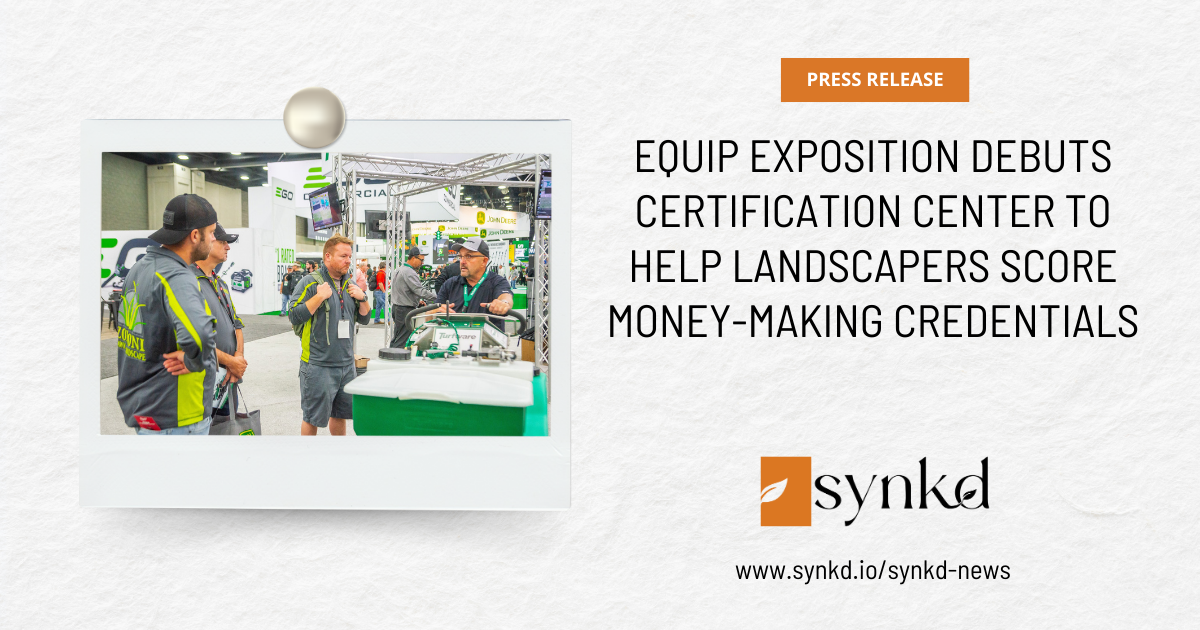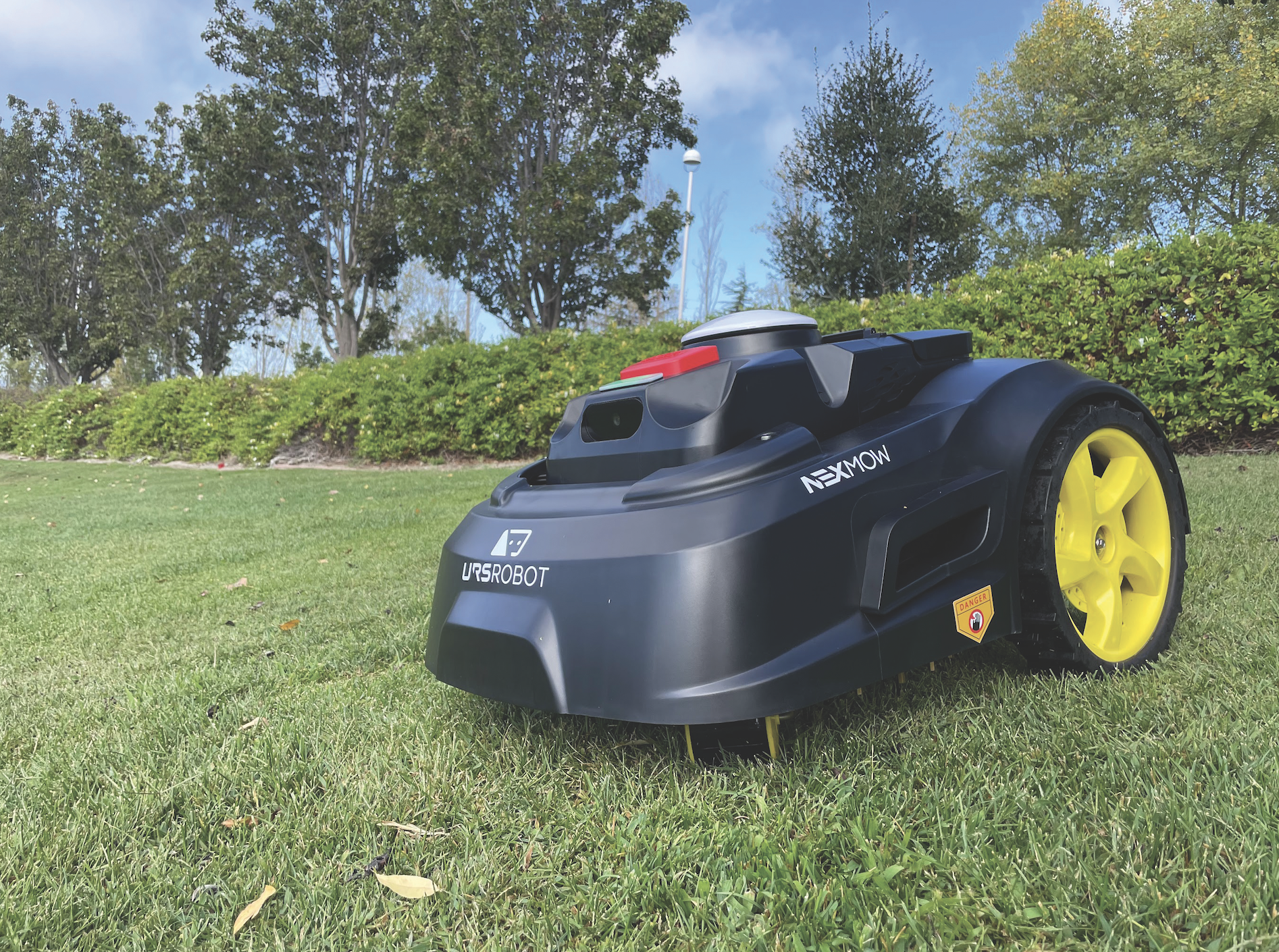.png?width=1890&height=1288&name=Towa%20Tools%20(1).png)
Charging Infrastructure in the Pursuit of an Emission-Free World
With an increased demand for zero-emission outdoor power equipment, innovative and affordable charging solutions are needed to power the gas-to-battery movement, according to Richard Ogawa of TOWA Industries, a manufacturer of zero-emission solutions in the outdoor power equipment industry.
Before starting TOWA, he supplied outdoor power equipment to universities and Silicon Valley companies wanting to create emission-free campuses before green technology was mainstream. There were few options available, so he founded TOWA Industries to address their need for mobile power solutions to help charge their battery-powered equipment.
There was a critical need for charging infrastructure development and making the migration from gas to battery equipment safe and affordable, says Richard. The costs associated with switching to batteryoperated equipment can create a barrier for businesses that cannot afford to replace all their equipment.
In response to the problem, TOWA created a brand-agnostic conversion kit that allows companies to convert their existing two-cycle gas-powered equipment to battery easily and quickly. The kit can be used with any brand of equipment.
Innovating For Change
They also developed a Power Distributor Manager (PDM) appliance to address the need for more charging infrastructure. The technology automatically manages electrical current and flow, ensuring companies never blow a circuit. It can also switch power from battery units that are fully charged to ones needing to be charged without having to change the units manually. The PDM is also scalable. If a company has multiple batteries that need to be charged simultaneously, multiple PDM appliances can be stacked or mounted.
.png?width=1870&height=1342&name=Towa%20Tools%20(2).png)
When a national commercial landscaping company began transitioning its services to battery-powered alternatives as part of its strategy to reduce carbon emissions, TOWA’s PDM solution was a fit for their power supply needs. While piloting their branches would not be sufficient to charge the required number of batteries (100-plus) for teams to effectively service client properties. In need of a scalable solution to efficiently increase their charging capabilities without having to hire an electrician or labor to manage the manual rotation of batteries, they implemented TOWA’s PDM charging solutions to leverage its existing power supply and continue to employ solutions to help reach their goal of becoming carbon neutral.
Factors Fueling the Gas-to-Battery Movement
Recently, local and state governments have passed laws banning combustion-engine power equipment. In January 2021, the city of Oakland passed an ordinance that required their landscape division to make mandatory changes. By utilizing TOWA Tools’ products, the city successfully converted its existing commercial equipment, bringing them into compliance and saving an estimated $30,000. In 2021, the state of California signed Assembly Bill 1346, which states it will prohibit the sale of small, off-road engines by 2024 or as soon as feasible. This means that even consumers who were not looking to shift to green technology will soon be required to do so. During the pandemic, people around the country began working remotely from home. Many homeowners’ associations restricted the hours that landscaping companies could work due to the noise associated with gas-powered equipment. Their workday was inevitably pushed to a later time, which decreased productivity and hurt the bottom line. By utilizing electric-power technology, companies could adapt to unprecedented challenges while providing dependable customer service.
.png?width=2162&height=1376&name=Towa%20Tools%20(4).png)
The Future of the Electric Movement
Although the move from gas to battery is undeniably a positive one, Richard shares that several components are important for a successful transition, with the most critical elements being “battery equipment technology [with] gas-like performance, a robust and scalable charging infrastructure, and [local, state and national] advocacy support.” Major supply chain issues and delays limit the availability of some materials, including those needed to develop battery technology. In addition to manufacturing hurdles, the lack of large-scale charging infrastructure is also a cause for concern. Companies and local/state governments need to address how they will charge their large equipment inventory without negatively impacting their business. Educating the public and government leaders on successfully making the transition is crucial in pursuing an emission-free world. Everyone, from policymakers to homeowners, should learn strategies to address the long-term effects of using battery-powered equipment. This includes developing a plan to dispose of batteries when they reach the end of their life. “There’s no one addressing the recyclability and repurposing of all these [battery] cells. They are coming to us, and we have no idea what to do with them,” Richard says. This is the most significant aspect missing from the existing transition strategy, and Richard hopes to influence positive change in that area. An integral part of the gas-to-battery movement is education and advocacy to help create a cleaner, more sustainable future for generations to come.
.png?width=2174&height=1364&name=Towa%20Tools%20(5).png)
Get In Touch With...
Karissa Ogawa
Marketing Manager for TOWA Industries Inc. (TOWA Tools)
Email: karissa.ogawa@towatools.com
Phone: (650) 204–0019

Equip Expo Launches Certification Center for Landscapers' Credentials
Equip Exposition Debuts Certification Center to Help Landscapers Score Money-Making Credentials Turf Trainings Offered in Both English & Spanish,...

Equip Exposition Continues Record-Breaking Streak, 28,500 Attend Innovative Trade Show
Louisville, KY (October 29, 2024)—Equip Exposition, the international landscape, outdoor living, and equipment exposition, again broke attendance...
.png?width=541&height=218&name=synkd%20logo%20w%20tagline%20(2).png)



 SYNKD Writer
SYNKD Writer
